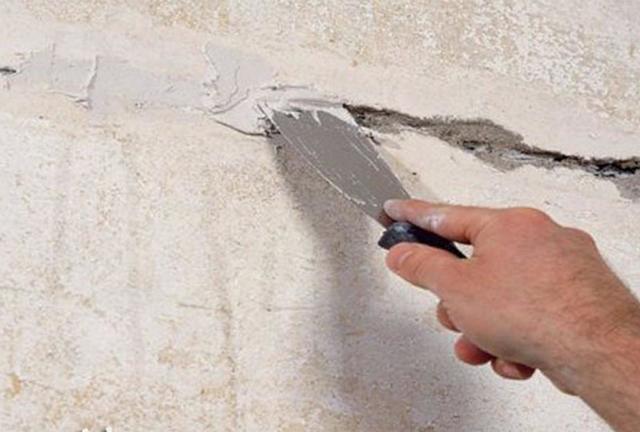How to remove decorative plaster
In this article, we will explore several effective methods for removing decorative plaster so that you can choose the best approach for your situation.
1. Manual Removal Using a Spatula
This method is the most traditional and is suitable for small areas.
Tools:
- Spatula or putty knife
- Water or a special solvent (if the plaster is water-based)
- Roller or spray bottle for moistening
Step-by-Step Instructions:
- Moistening: Soak the surface with water or solvent to facilitate removal. Leave it for a few minutes to allow the moisture to be absorbed.
- Lifting the Edge: Use the spatula to lift the edge of the plaster. Move from the bottom up, gradually separating the material from the substrate.
- Removal: Continue lifting the plaster, gradually taking it off in large chunks. Be careful not to damage the wall beneath the plaster.
2. Using Electric Tools
This method is suitable for large areas or thick layers of plaster.
Tools:
- Electric scraper
- Grinding machine or angle grinder with a grinding attachment
- Safety glasses and mask
Step-by-Step Instructions:
- Preparation: Cover furniture and floors to avoid contamination. Wear safety glasses and a mask.
- Scraper: Use the electric scraper to remove the plaster. Move it slowly across the surface to avoid damaging the substrate.
- Sanding: For final wall cleaning, you can use a grinding machine to eliminate any remaining plaster.
3. Chemical Plaster Removal Agents
This method is effective for particularly stubborn types of plaster but requires caution.
Tools:
- Chemical paint or plaster remover
- Brush or roller
- Protective gloves and mask
Step-by-Step Instructions:
- Application of the Agent: Evenly apply the chemical agent to the plaster using a brush or roller. Allow it to work according to the manufacturer's instructions.
- Plaster Removal: After the agent has taken effect, use the spatula to remove the softened plaster.
- Cleaning: Rinse the surface with water to remove any chemical residue.
- 4. Combined Method
This method combines manual and electric removal and can be the most effective.
Tools:
- Spatula
- Electric scraper
- Chemical plaster remover (if necessary)
Step-by-Step Instructions:
- Moistening: Soak the surface to facilitate removal.
- Start with Manual Removal: Use the spatula to take off the top layer of plaster.
- Electric Tool: After removing the top layer, use the electric scraper to remove any remaining material.
- Chemical Agent: If there are stubborn areas left, apply the chemical agent and repeat the process.
Tips and Recommendations
- Test on a Small Area: Before starting, test your chosen method on a small section to assess its effectiveness.
- Patience: Removing decorative plaster can be time-consuming, so be patient.
- Safety: Always use personal protective equipment when working with electric tools and chemical agents.
Removing decorative plaster can be quite a labor-intensive process, but with the right methods and tools, you can handle this task with ease. Choose the method that best suits your situation and transform your interior for the better!

